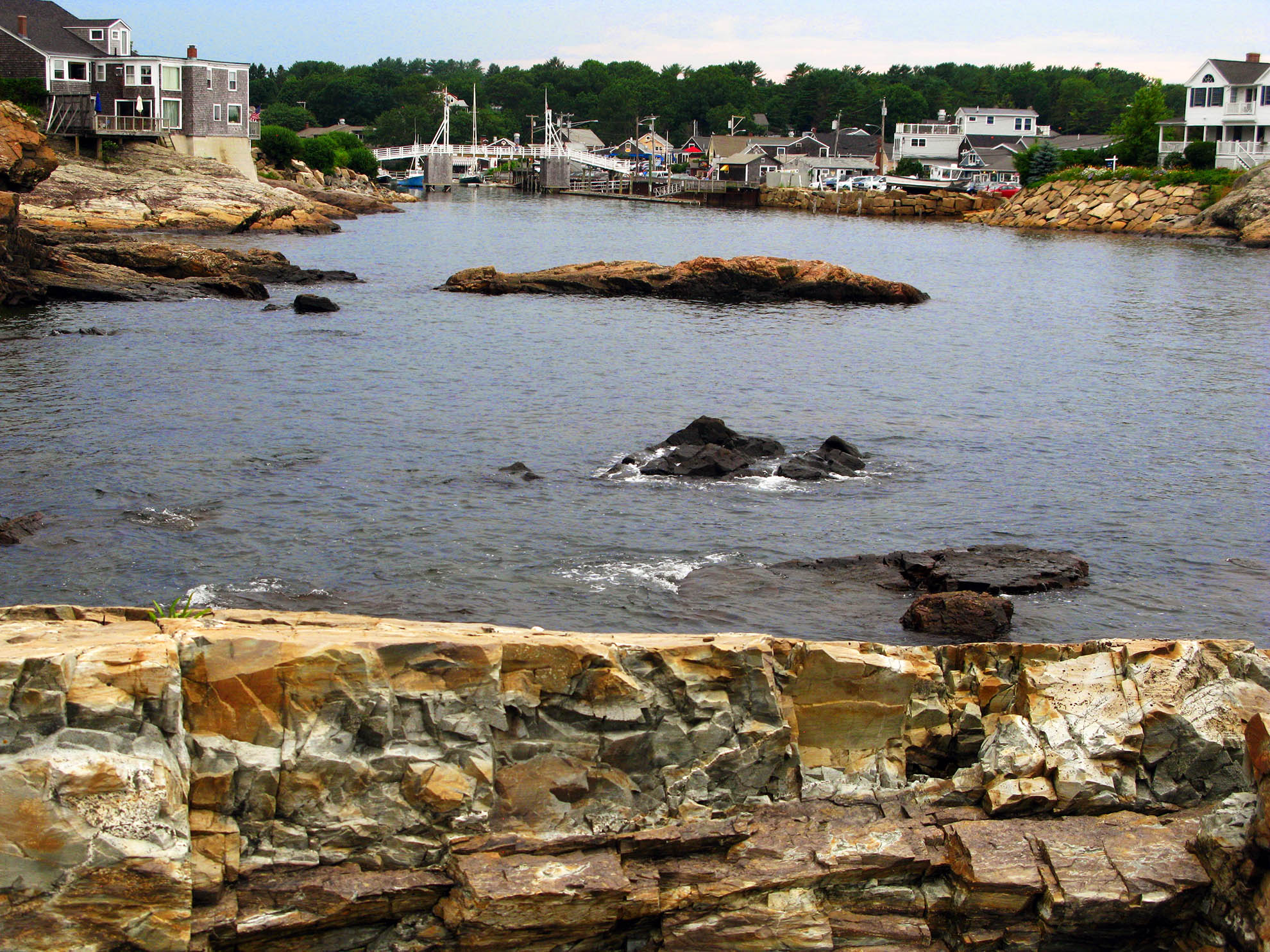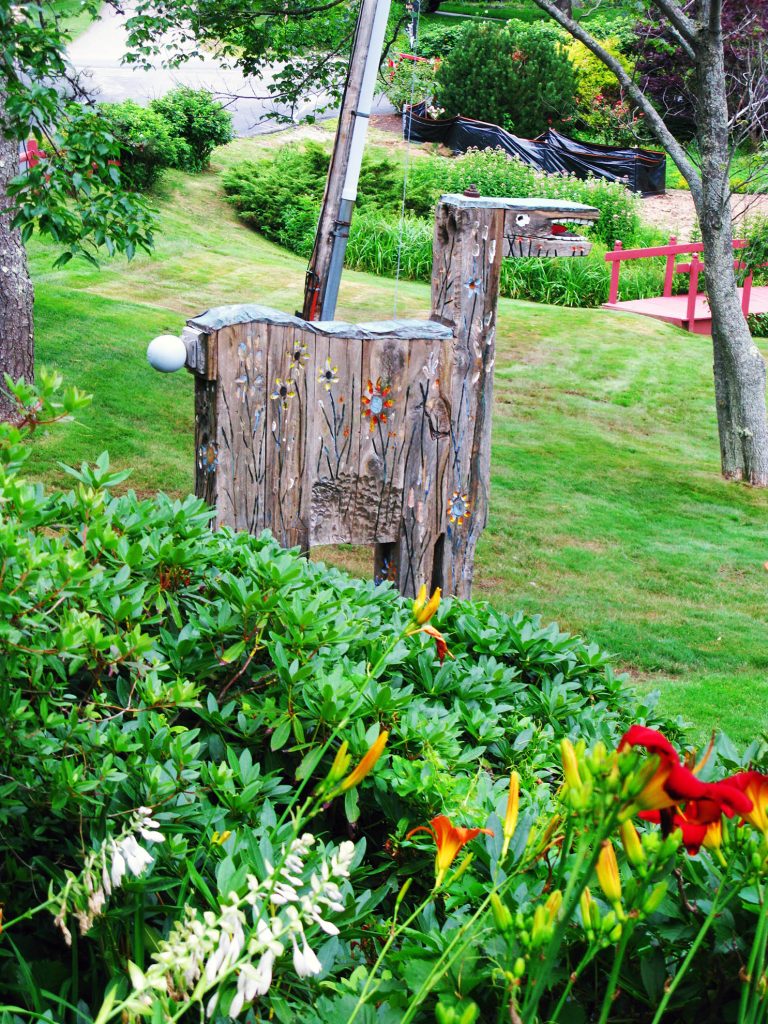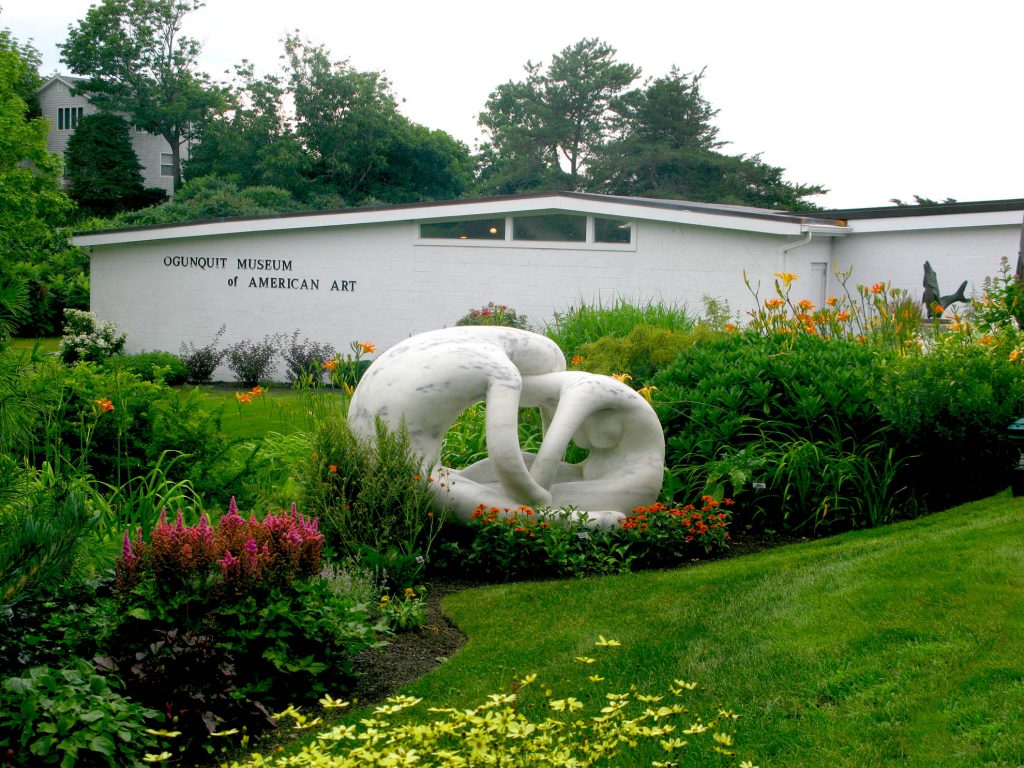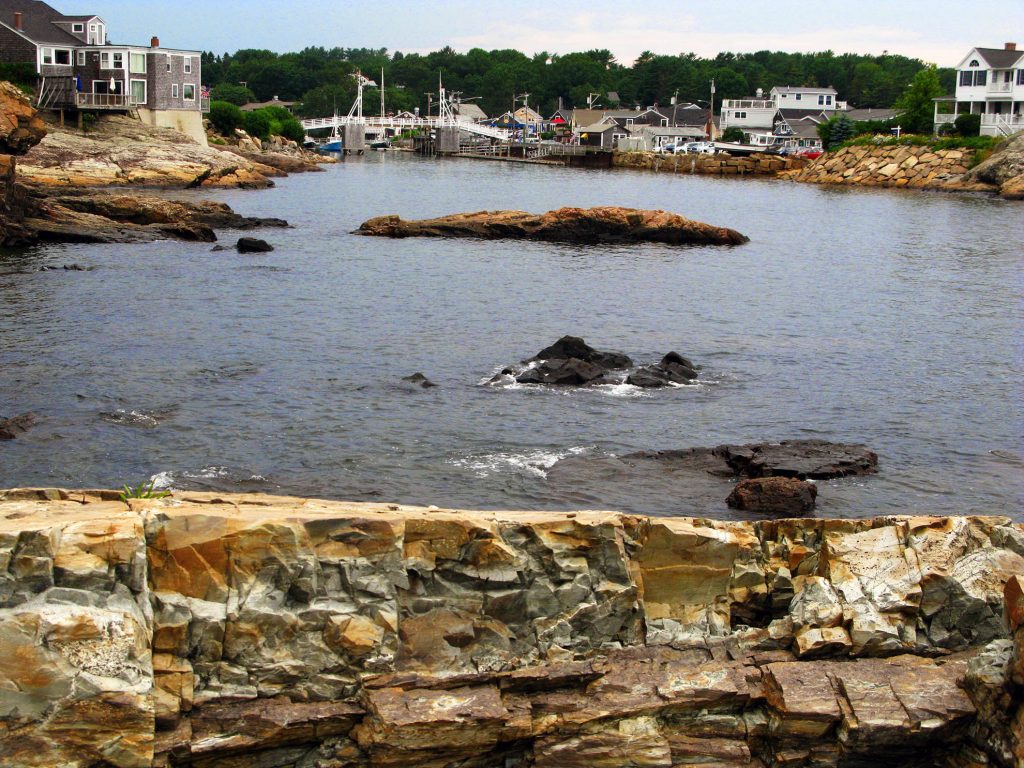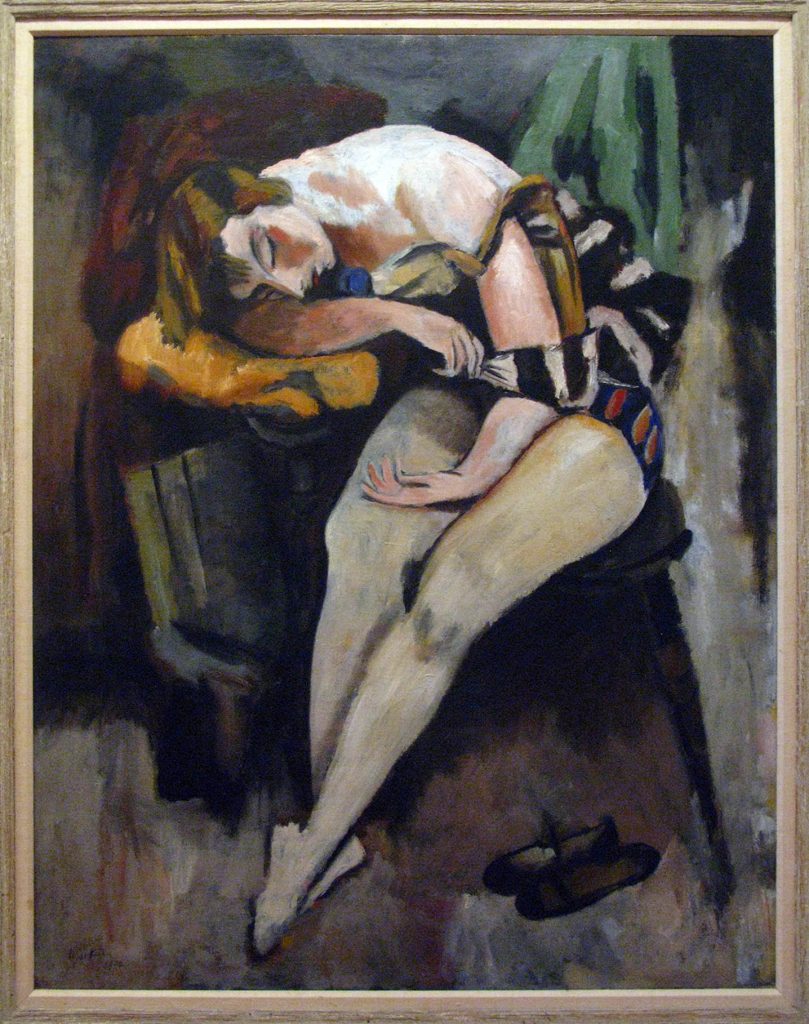Set on the rocky shore overlooking Narrow Cove, a spot where artists have long gathered to paint, the Ogunquit Museum of American Art is the culmination of Ogunquit’s long history as an art colony.
Many of America’s outstanding artists have lived or summered in Ogunquit since artist Walter Charles Woodbury fell in love with the fishing harbor of Perkins Cove in 1898. He opened an art school there and four years later Hamilton Easter Field, a New York art critic, arrived in town and began another art school. Together, these two schools encouraged and attracted artists to the Ogunquit area. Works they produced covered a variety of styles and media from impressionism and post-impressionist to modernist.
This lively artistic atmosphere drew artist Henry Strater, who joined with Woodbury to form the Ogunquit Art Association in 1928. In 1952, Strater and his friends founded the Ogunquit Museum of American Art on the rocky heights above Narrow Cove. The objective of Strater and the early supporters of OMMA was dual: to support and showcase the work of artists working in Ogunquit and to promote the work of American artists in general.
The low modernist building sits among gardens studded with sculpture (including a few fanciful wooden ones). The gardens lead down to a rugged granite outcrop that drops to the sea and looks across to Perkins Cove. Entering the museum, directly ahead is the stunning view of the cliffs and ocean through a floor-to-ceiling window. Used as a special exhibit venue, along with adjoining exhibit rooms, the entrance gallery highlights the source of the inspiration that guided its founders.
The works in OMAA’s permanent collection demonstrate the quality of the work produced by the many artists who have studied, lived and worked in Oqunquit over the years. Some of those associated with the colony and museum and whose works are displayed there are Edward Hopper, Marsden Hartley, Alfred Bellows, and Walt Kuhn, but the collection extends beyond them to other American artists.
The museum not only exhibits works by known and emerging artists, but is an art center for the area, with its Community Workshop series and collaborative art shows, education and outreach programs. An active online series called the ARTifacts features curator-led gallery tours, themed stories from the collection, and behind-the-scenes tours of exhibition installation, even a crossword game suitable for younger viewers.
By Stillman Rogers
World Correspondent, Destinations
Photographer, Planetware.com

